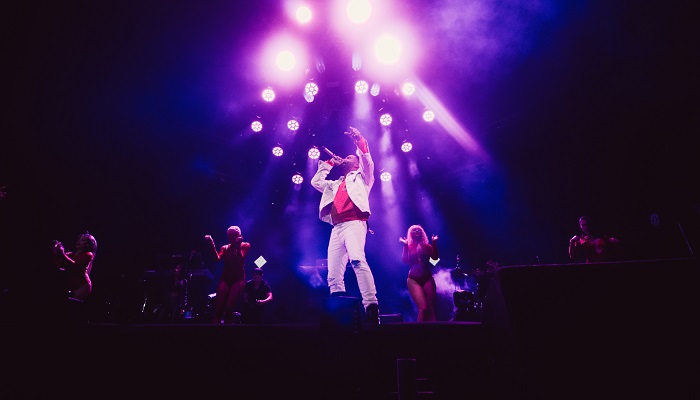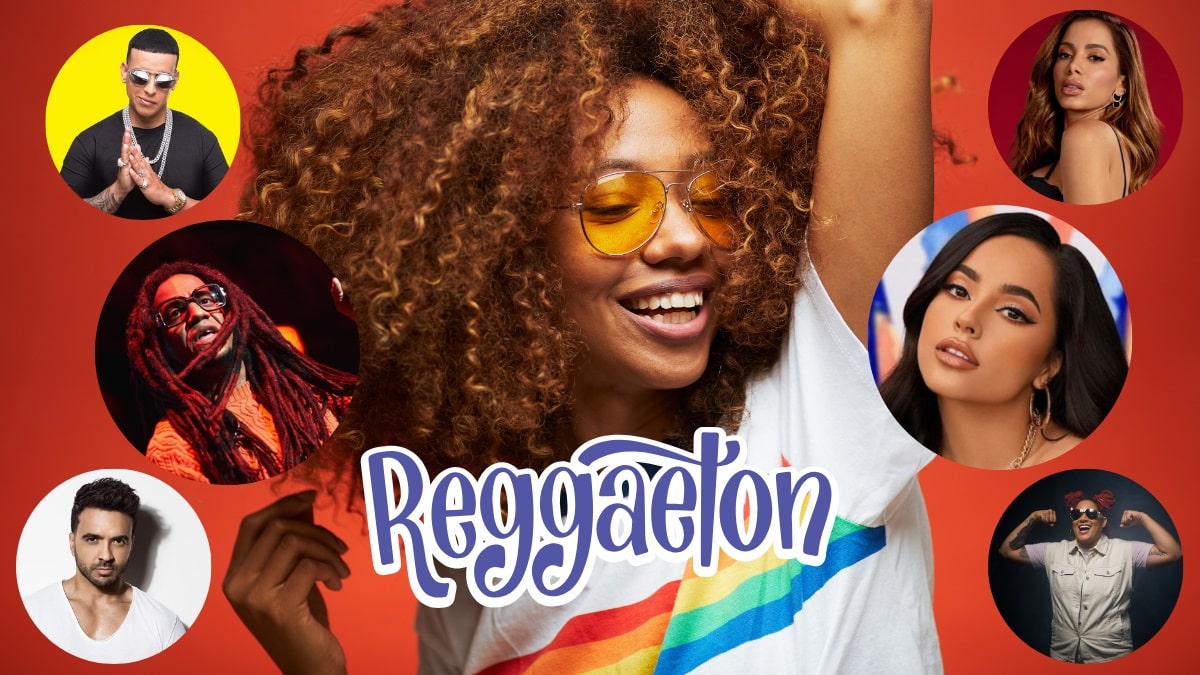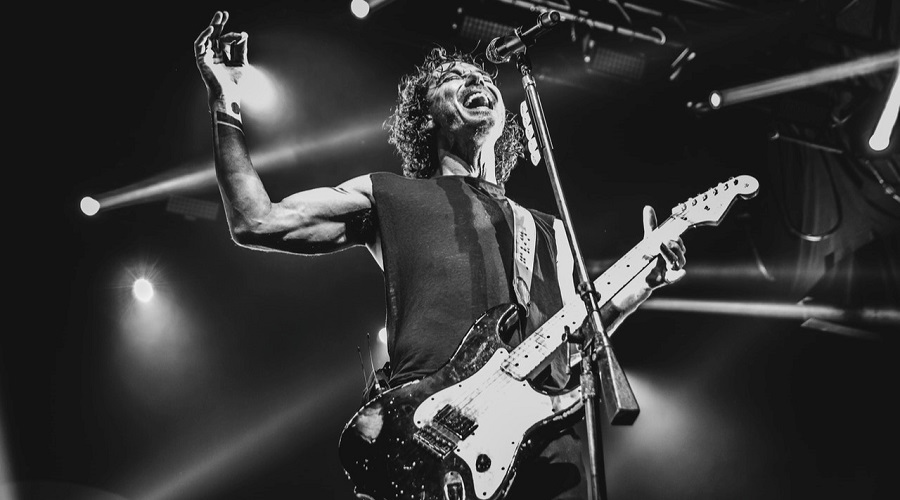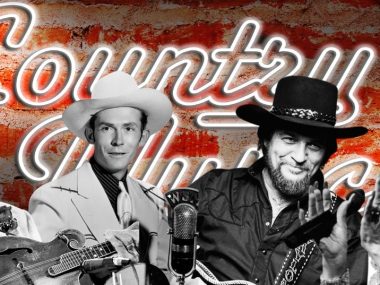From a notorious genre to a head-bobbing sensation, reggaeton music went through quite an impressive evolution.
Whether you like going to music festivals or you simply enjoy jamming to your radio, you’re bound to have swayed to at least one of the most famous reggaeton beats at one point.
Time to dive deeper into the origins of this genre and how it made its way from underground clubs to radio hits.
What Is Reggaeton Music
Reggaeton is a blend of reggae, dancehall, and Latino music that originated in Panama back in the ’90s, and evolved further when it reached Puerto Rico. Its rise to popularity took its time, but now that it’s here, we can’t help but dance to its unique beats.
The Origins of Reggaeton
Reggaeton music started out as Reggae en Espanol, or Spanish Reggae, back in 90’s Panama when West Indians were called into the country to help construct the Panama Canal. If it weren’t for them, the merge of reggae and dancehall wouldn’t have created the hip beats we love to dance to today.
Heavily influenced by Jamaican reggae and dancehall, Panamanian artists pioneered the humble beginnings of Reggae en Espanol Nando Boom and El General by covering popular Jamaican songs in Spanish.
In fact, Nando Boom’s hit cover of Shabba Rank’s “Dem Bow” has since been crowned as the main rhythm of today’s reggaeton songs and dubbed as the Dembow rhythm.
El General is considered to be the father of reggaeton with sensational hits like “Tu Pum Pum,” “Rica Y Apretadita,” and “Muevelo”.
The genre transformed into reggaeton as soon as it hit Puerto Rico and fueled the underground scenes. Thereafter, many artists delved into reggaeton and paved the way for this new style of music.
DJ Negro founded his own club in San Juan mainly to play the genre freely after receiving numerous rejections from previous clubs he played in.
Despite its catchy beats, reggaeton suffered from stigmatization for its explicit lyrics that revolved around drugs, poverty, friendship, love, and violence. The moral police considered the genre a reason for increased urban crimes and started hunting down recordings.

Record stores were often raided and ‘cleansed’ of the reggaeton cassettes to stop their spread. However, that didn’t stop the cassettes from being recorded and distributed on the streets, making their way to Latino youth of both lower and middle classes.
Reggaeton music was mainly popular in diasporic communities, especially among Puerto Rican youth, and spread across Hispanic audiences like wildfire.
Despite its controversial growth, reggaeton was close to the Puerto Rican community’s heart, and politicians took note of its popularity and began using the music to appeal to their younger voters.
This accelerated the acceptance of reggaeton and introduced it as mainstream music to the crowds. Artists like The Noise, Daddy Yankee, Luny Toons, and Ivy Queen boosted the genre’s popularity and shifted its tone from explicit to youth-friendly lyrics.
Around 2004, reggaeton made its way to the US and Europe, and it was an instant hit. Despite the Spanglish lyrics, hits like Daddy Yankee’s “Gasolina” flooded the radio and clubs and are still fan favorites to this day.
Reggaeton vs Reggae
You can’t spell “reggaeton” without the word “reggae” for a reason. We can easily say that reggae was the kindle to reggaeton’s fire. But there are a few differences between them that are worth mentioning.
Reggae originated in ‘60s Jamaica, heavily influenced by Jazz, traditional African music, as well as rhythm and blues. One of the best examples of reggae is the legendary Bob Marley. You can tell it’s a reggae song by its off-beat rhythms and slow tempo.
On the other hand, Reggaeton derived its sound from Jamaican reggae, mixed in with hip-hop, dancehall, and Latin American genres. You can easily tell them apart due to reggaeton’s distinct DemBow rhythm.
Later on, as the genre evolved, rap was added to the mix of influences. This interesting mix makes it a hip-swaying favorite in clubs and parties.
Lyrical Differences and Singing Themes

When it comes to lyrics, both have similarities to the topics that the songs go over. Reggae songs usually revolve around social problems, love, and even religion at times.
The vocals on reggae tracks are harmonic and usually use tremolo instead of vibrato, the difference between reggae and rap is that it’s more melodic and mellow.
While reggaeton covers a lot of the same topics reggae music covers, they’re not as widely covered as topics such as gang life, urban violence, machismo, and sex. It’s safe to say that both genres covered topics that were a point of interest or conflict within their communities.
When it comes to vocals, reggaeton alternates rapping and singing and often uses the traditional pop structure of verse-chorus-bridge.
Instruments Used
Reggae shares core instruments with blues bands and rarely deviates from using them, such as:
- Drums or bongo drums
- Lead vocals
- Bass guitar
- Electric guitar
- Keyboard
- Synth horns or horn section
The unique ‘boom-ch-boom-chick’ beat is what sets the reggaeton apart from other genres. Due to its mixed influence, reggaeton’s instruments vary according to the style the artist is pursuing with the song.
Some of the most prominent instruments used are:
- Bass synthesizers
- Flamenco guitars
- Drum machines
- Timbales
- Cuatro
- Guiros
Evolution of Reggaeton

Although it had a rough start, having been frowned upon by politicians and clubs alike, reggaeton made its way to the dance floor and people’s earbuds, and it seems like it’s here to stay.
Paving the way for future generations of artists, El General, Nando Boom, and Vico C gave new artists a chance to evolve the genre even further. Artists like Daddy Yankee, Tego Calderon, and Don Omar took over the music scene by storm in the 2000s. We already gave Daddy Yankee’s “Gasolina” an honorable mention, but we have to applaud Don Omar’s “Dile” as well.
It started out as a crossover genre, and it continues to incorporate even more genres like Salsa and Merengue into the music. Making reggaeton one of the most prominent mixed genres out there.
Reggaeton music wasn’t easy to categorize when it came to acknowledgments and awards. But in the 2007 Latin Grammy Awards, reggaeton was dubbed as Urban music, and Calle 13 was awarded for Best Urban Song.
Once it’s been categorized as Urban Music, artists like Daddy Yankee, Don Omar, Pitbull, among others to reach further audiences and grow musically. Soon enough, reggaeton was incorporated into Latin pop and Pop music widely, with collaborations and hit singles.
A huge refresher to the reggaeton scene was none other than our guilty pleasure, Despacito. Back in 2017, there was no escaping this song. From Youtube to the radio, this song went viral and was credited by music journalists to have popularized Spanish pop music in mainstream markets.
Sung by Luis Fonsi and featuring Daddy Yankee, the song features the suave Latino lyrics and the iconic reggaeton-style rapping that Daddy Yankee does so well.
Topping the charts of 47 countries, and remaining on the Billboard Hot 100 for 16 weeks at that time, not to mention being the most-viewed Youtube video of all time for 3 years after its release. This didn’t go unnoticed, and Justin Bieber decided to collaborate with Luis Fonsi and Daddy Yankee to remix the song, only making it boom even more.
Other artists noticed how reggaeton conquered the music industry and decided to have a piece of the cake either by incorporating the unmistakable beats into their songs or collaborating with well-known reggaeton artists. Ed Sheeran’s “Shape of You” has a distinguishable reggaeton vibe, and Shakira’s hit “Hips Don’t Lie” has the famous Dembow rhythm.
Famous reggaeton collabs include J Balvin, Pharrell Williams, and Bia’s “Safari”, Daddy Yankee and Snoop Dogg’s “Gangsta Zone,” and Daddy Yankee and Fergie’s “Impacto.”
Beyonce and Madonna even worked on their collaborations on singles and remixes.
Some honorable mentions include:
- Nicki Minaj and Travis Scott’s remix of “Krippy Kush”
- Bad Bunny and Drake’s “Mia”
- DJ Snake featuring Cardi B, Ozuna, and Selena Gomez in the summer hit “Taki Taki”
- Don Omar’s “Reggaeton Latino” featured Fat Joe, N.O.R.E, LDA and Manuel Alejandro Ruiz
- “Dale Don Dale” by Don Omar featuring Fabolous is one of our personal favorite summer jams.
Diversity in Reggaeton

The genre gave way to a plethora of talented individuals to contribute to reggaeton music and culture. From the humble beginnings with The Noise up to J Balvin, and Bad Bunny.
While the music genre may seem dominated by male artists, female artists played a huge part in growing the genre over the years, as well as maintaining its charm.
Some of the most notable reggaetoneras through past, present, and future are:
- Ivy Queen
- Anitta
- Natti Natasha
- Karol G
- La Duraca
- La Insuperable
- Tomasa De Real
- Lorna
- Glory
- Becky G
The reggaeton genre’s rapid growth doesn’t seem like it would be stopping any time soon, and we’re not mad about it. The catchy lyrics, hip-swaying music, and booming energy are here to stay and blossom even more.







